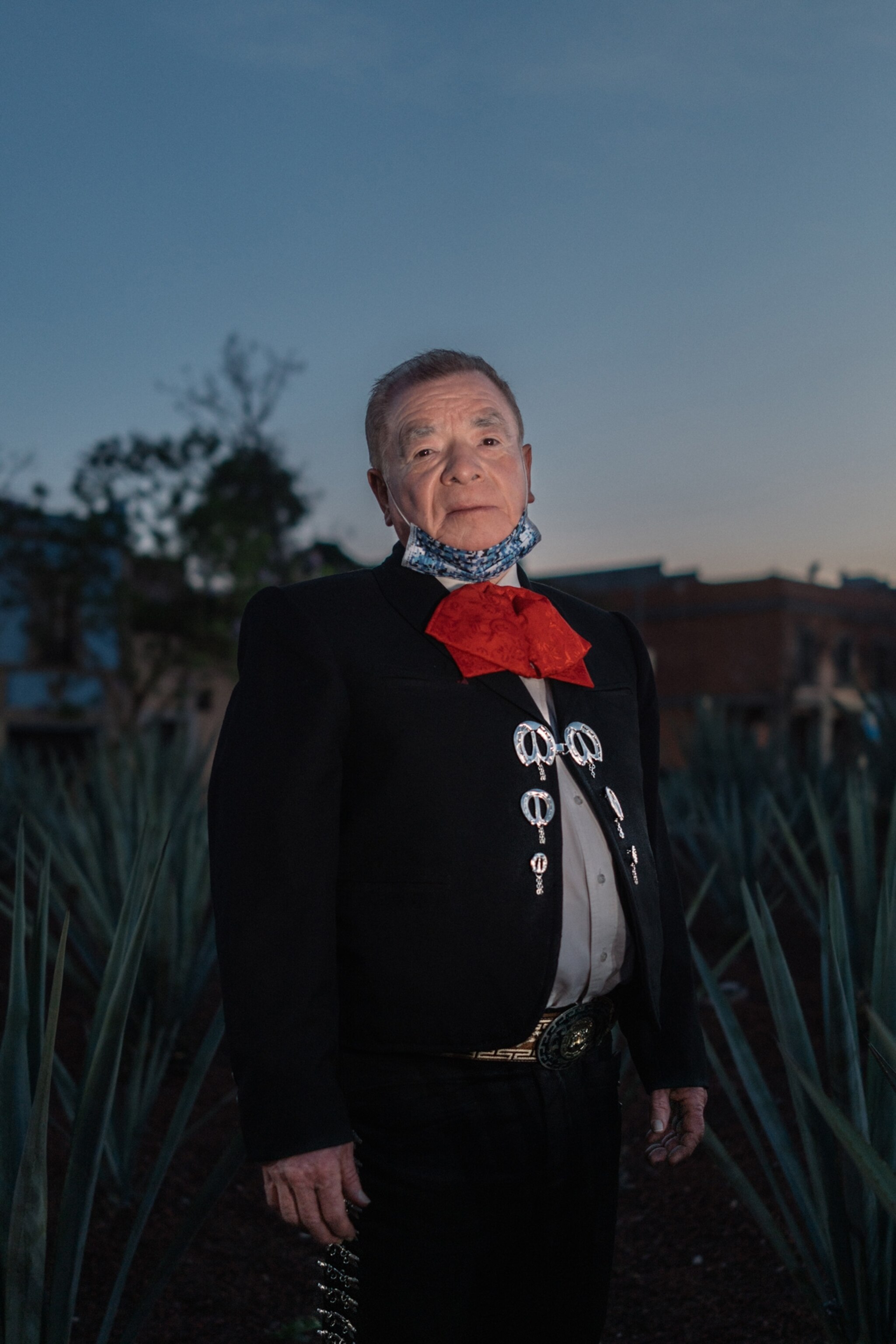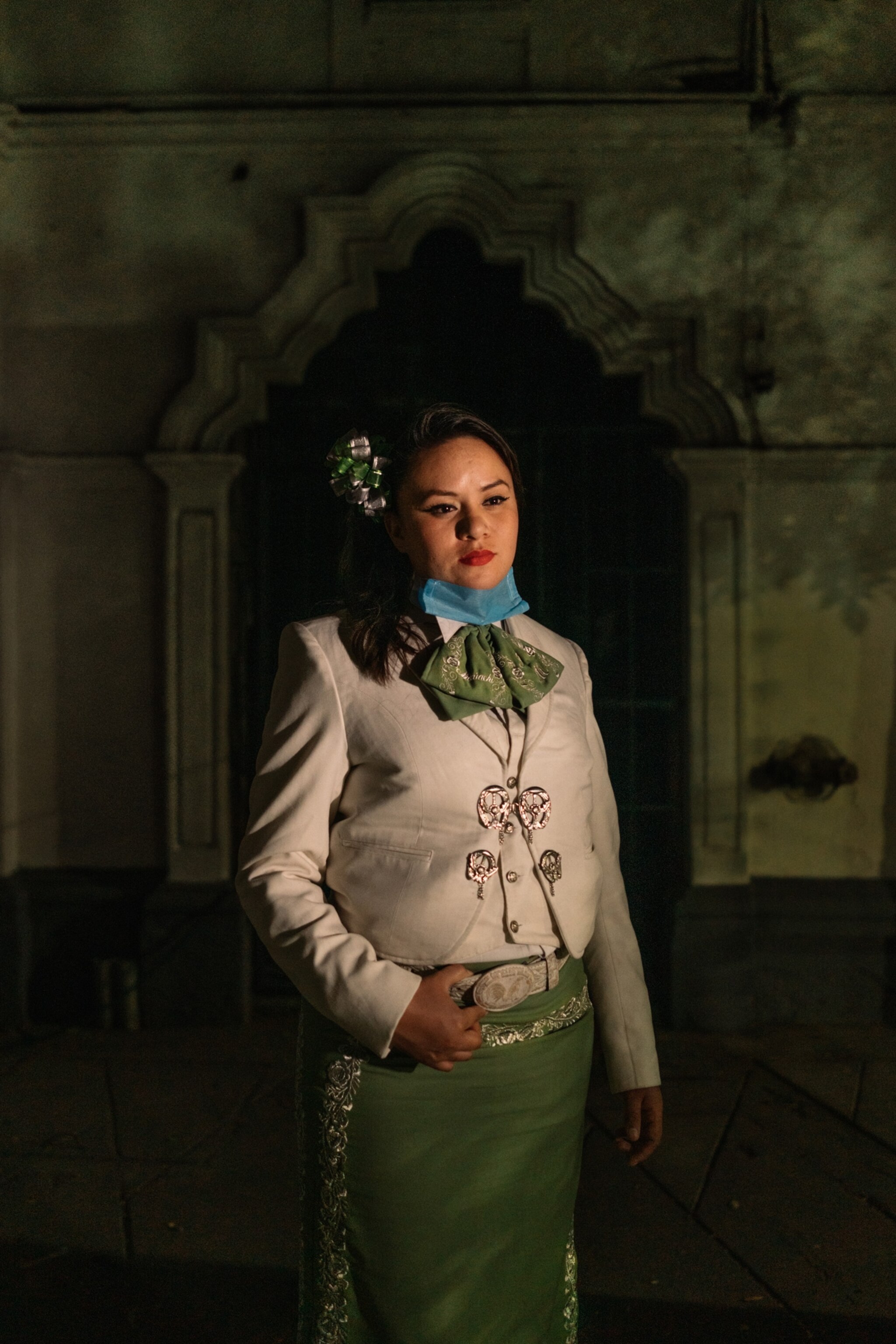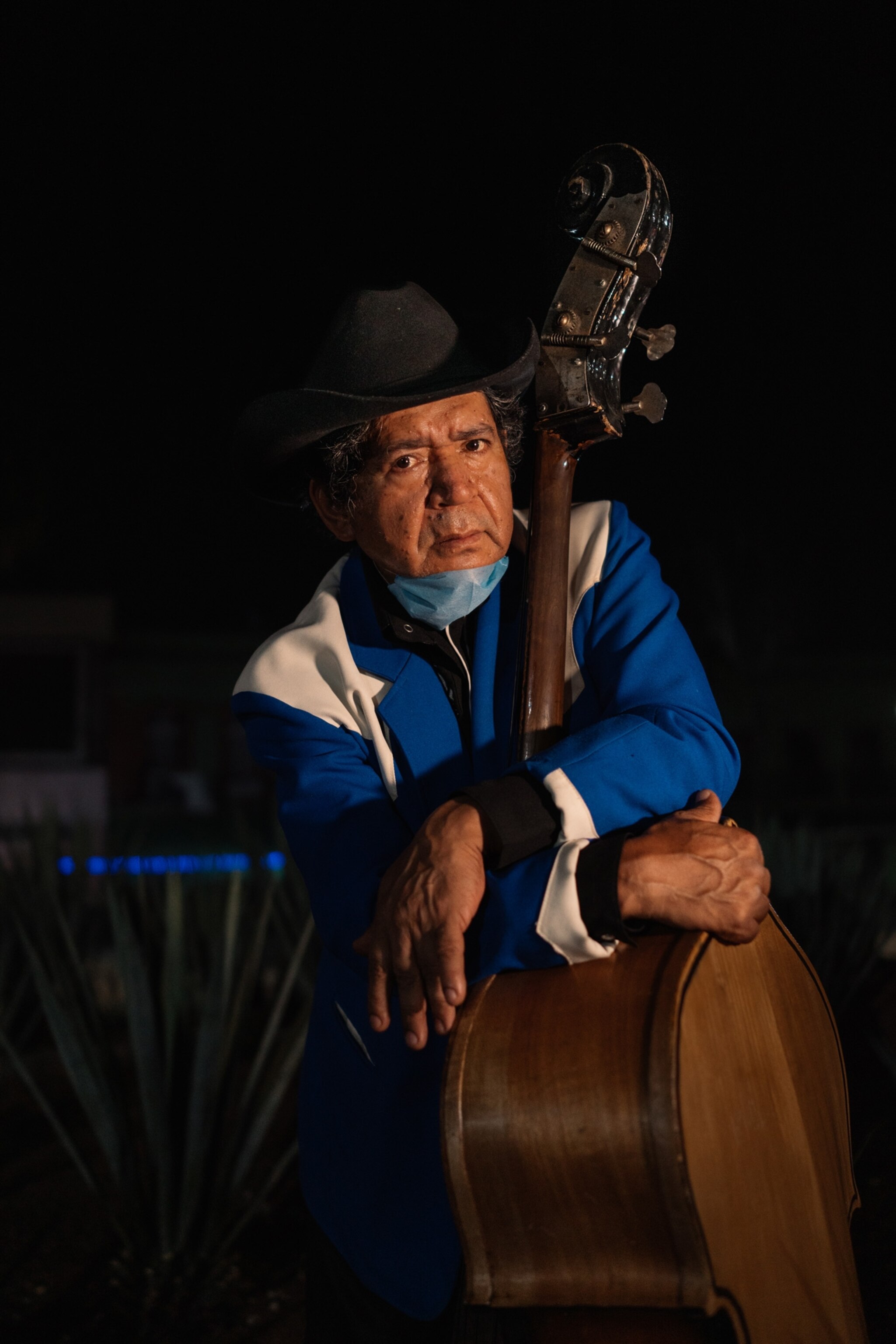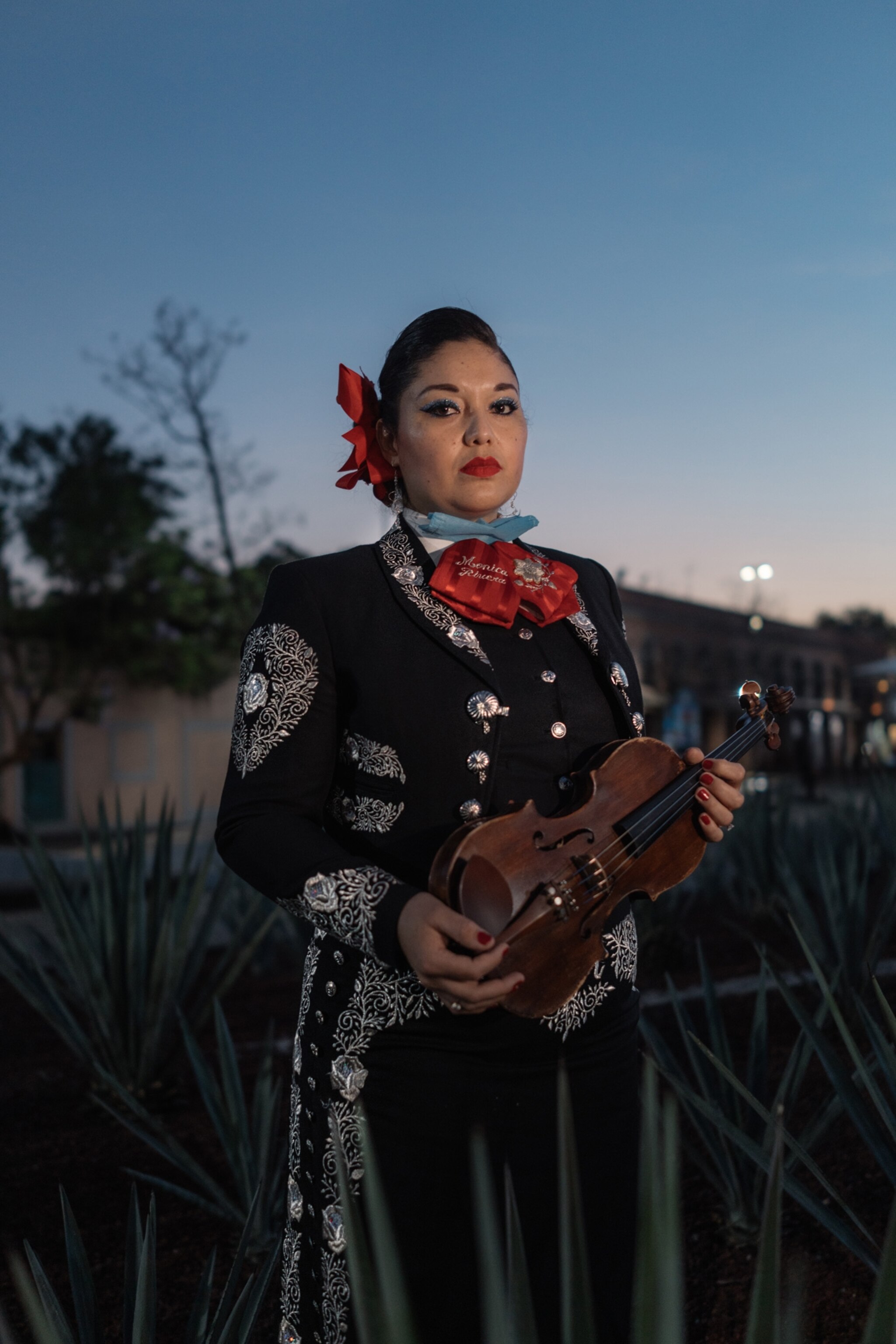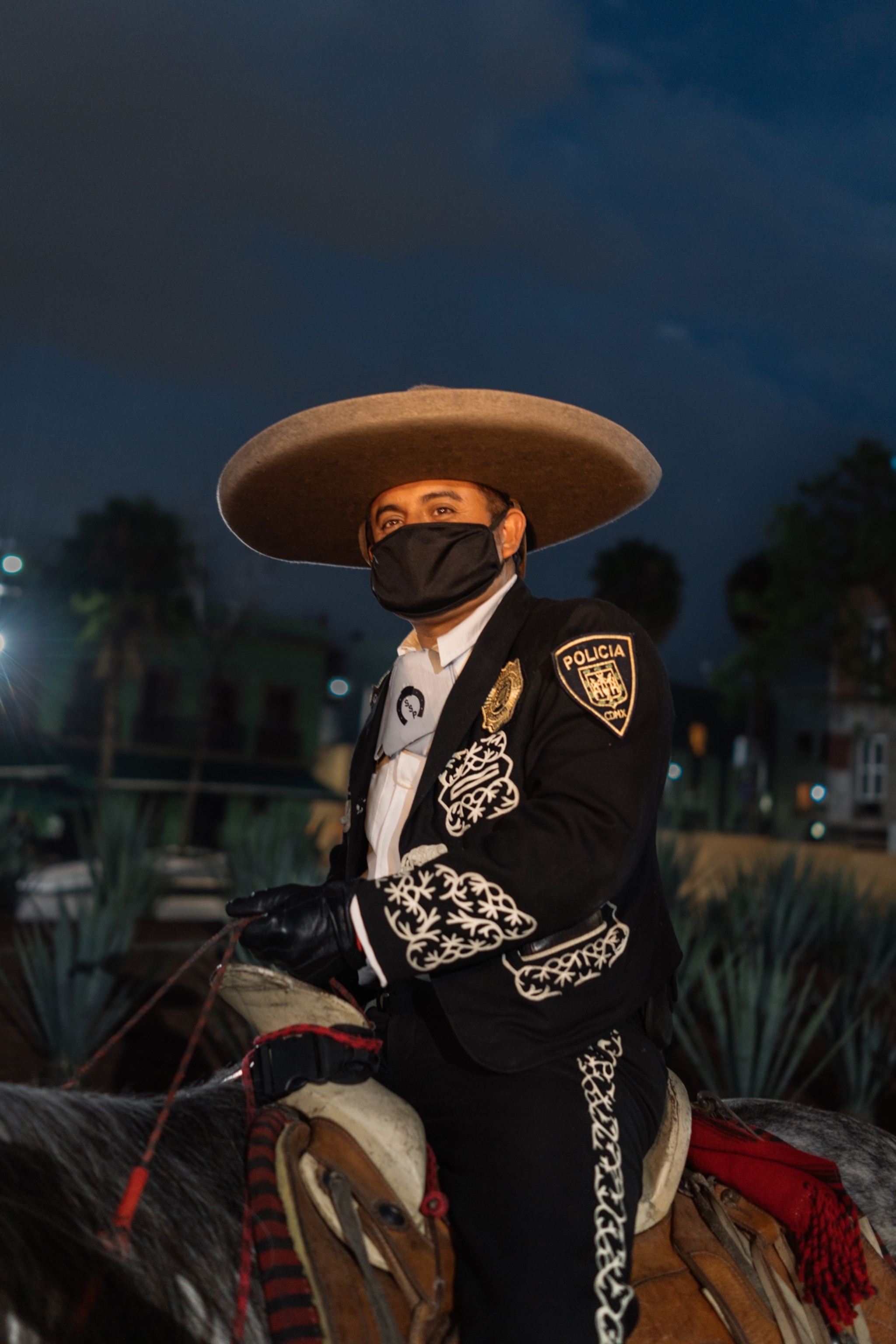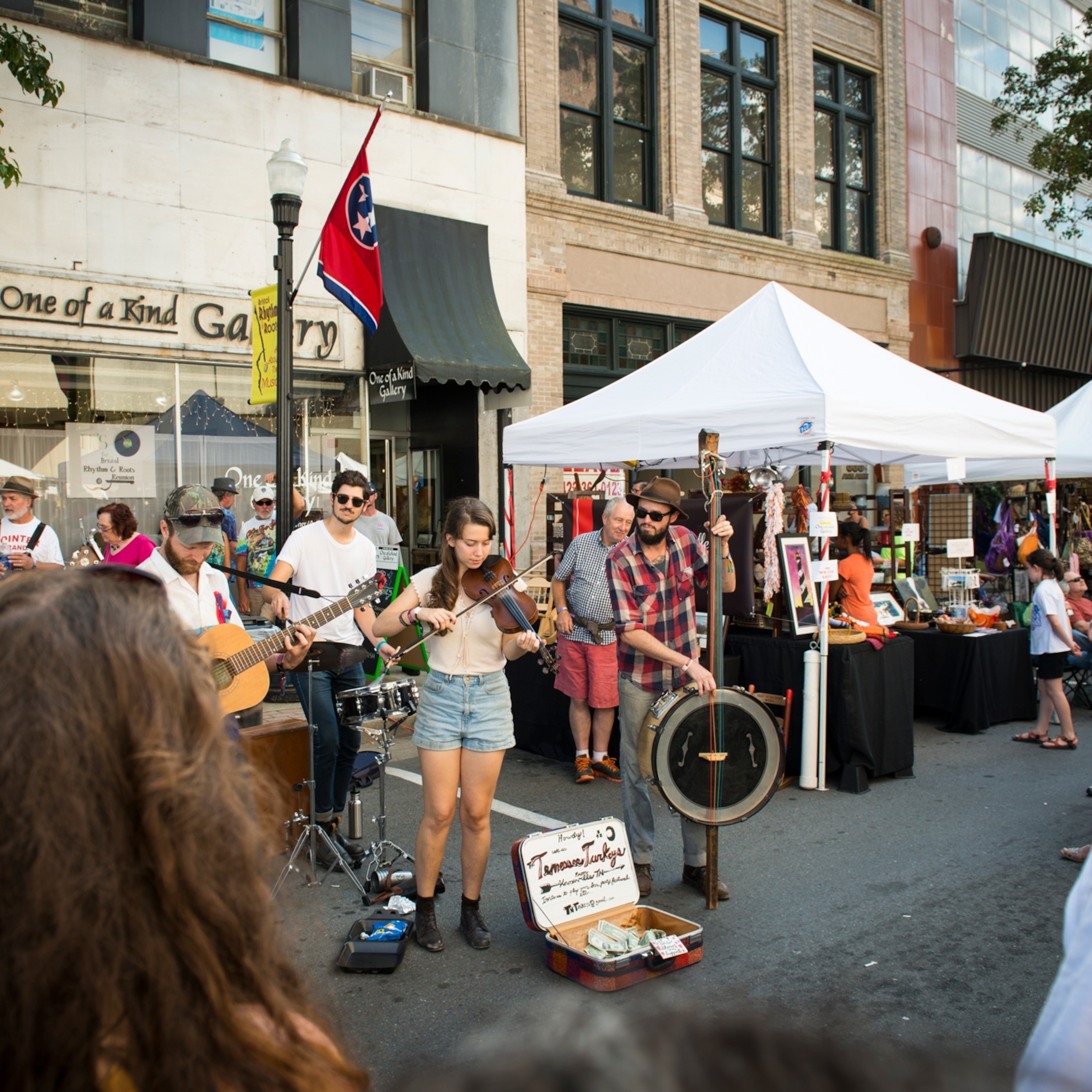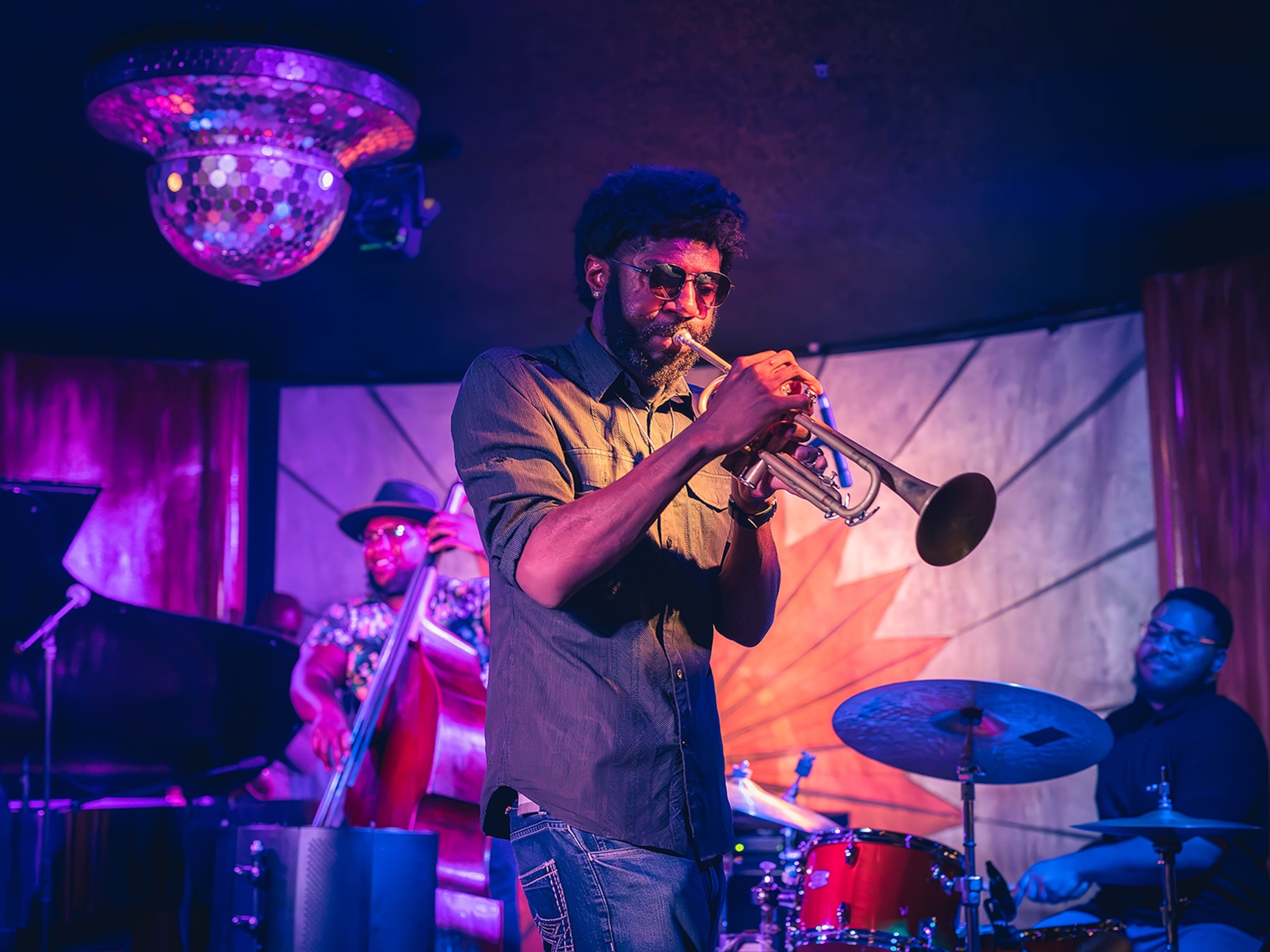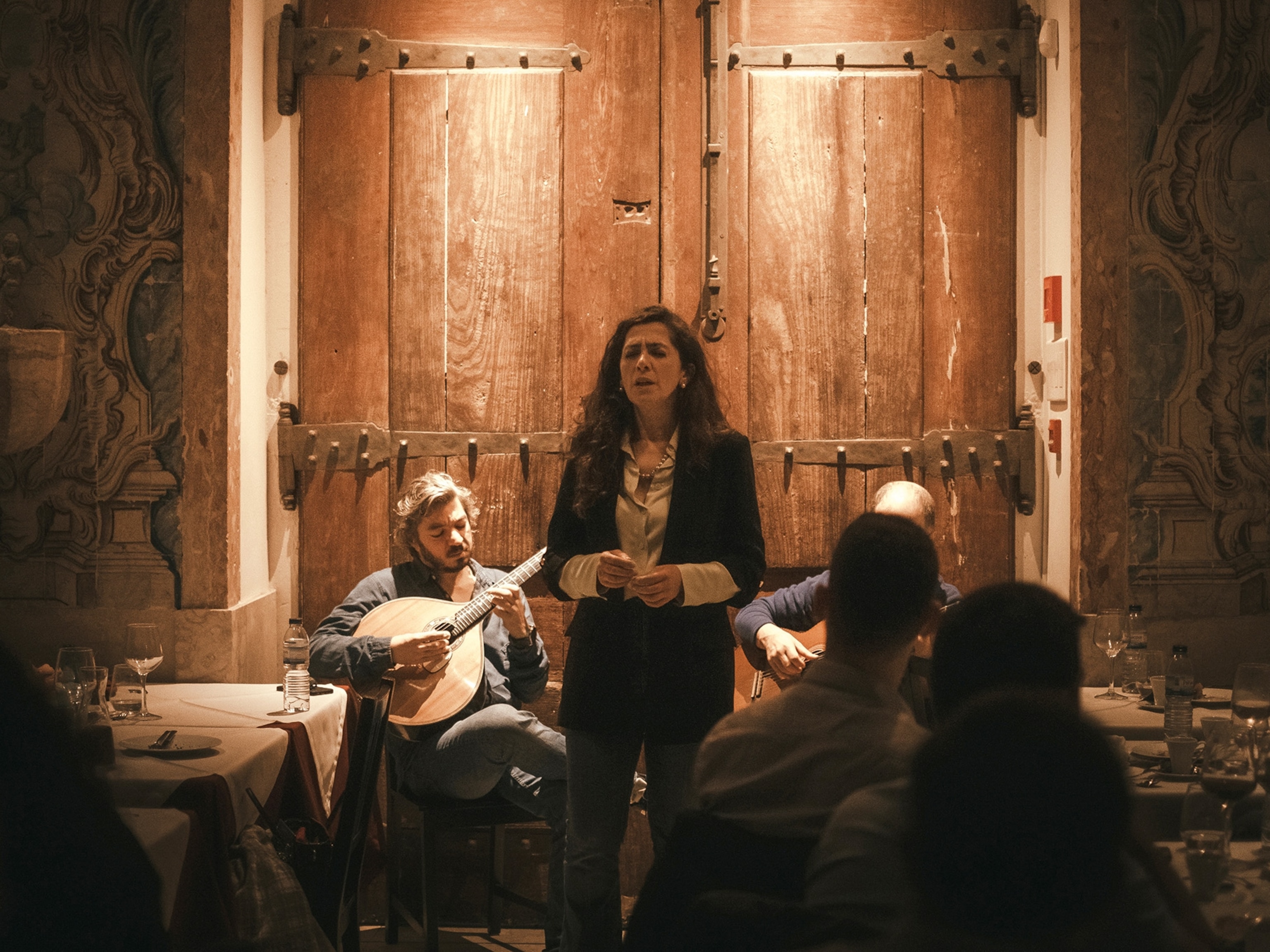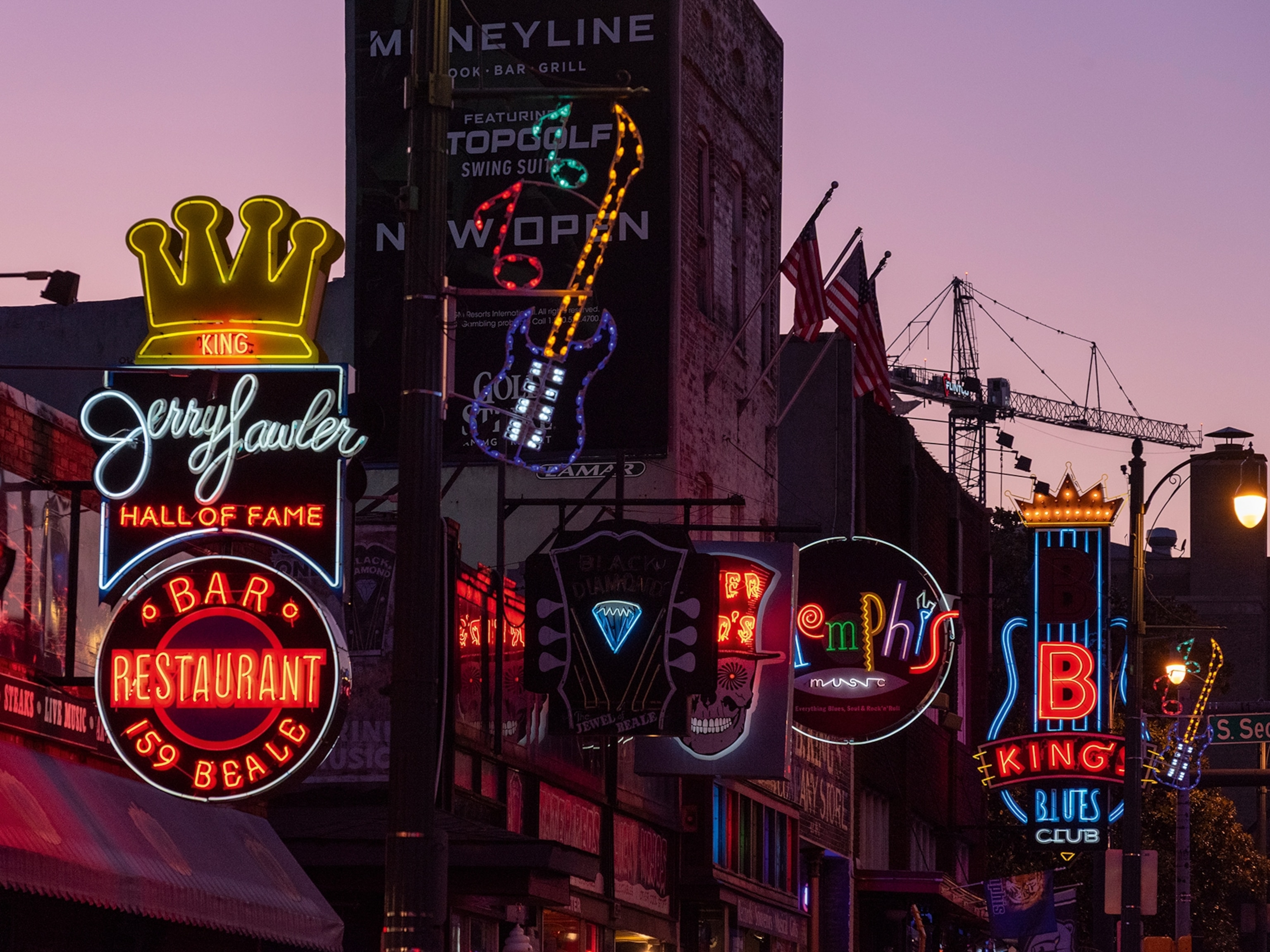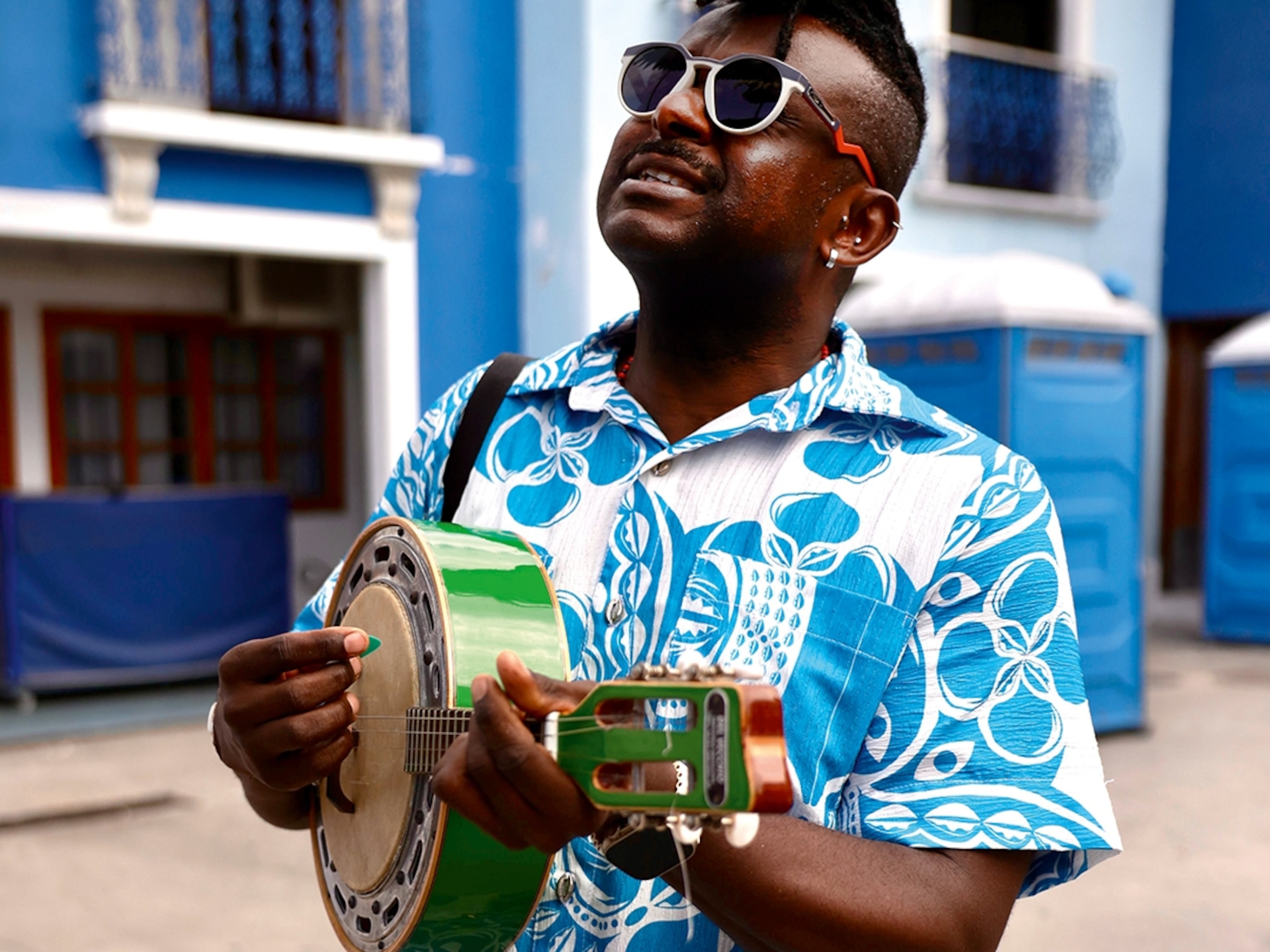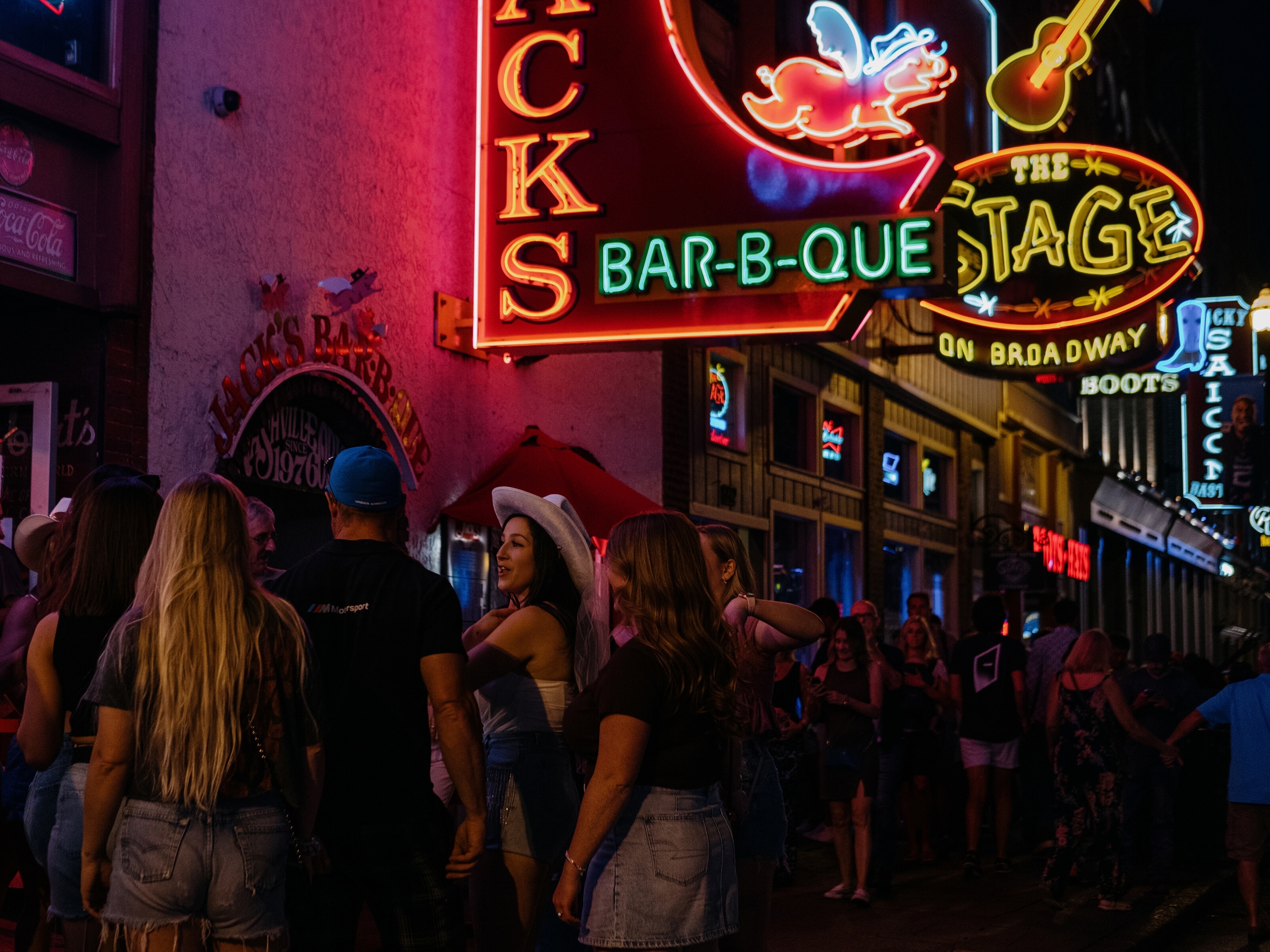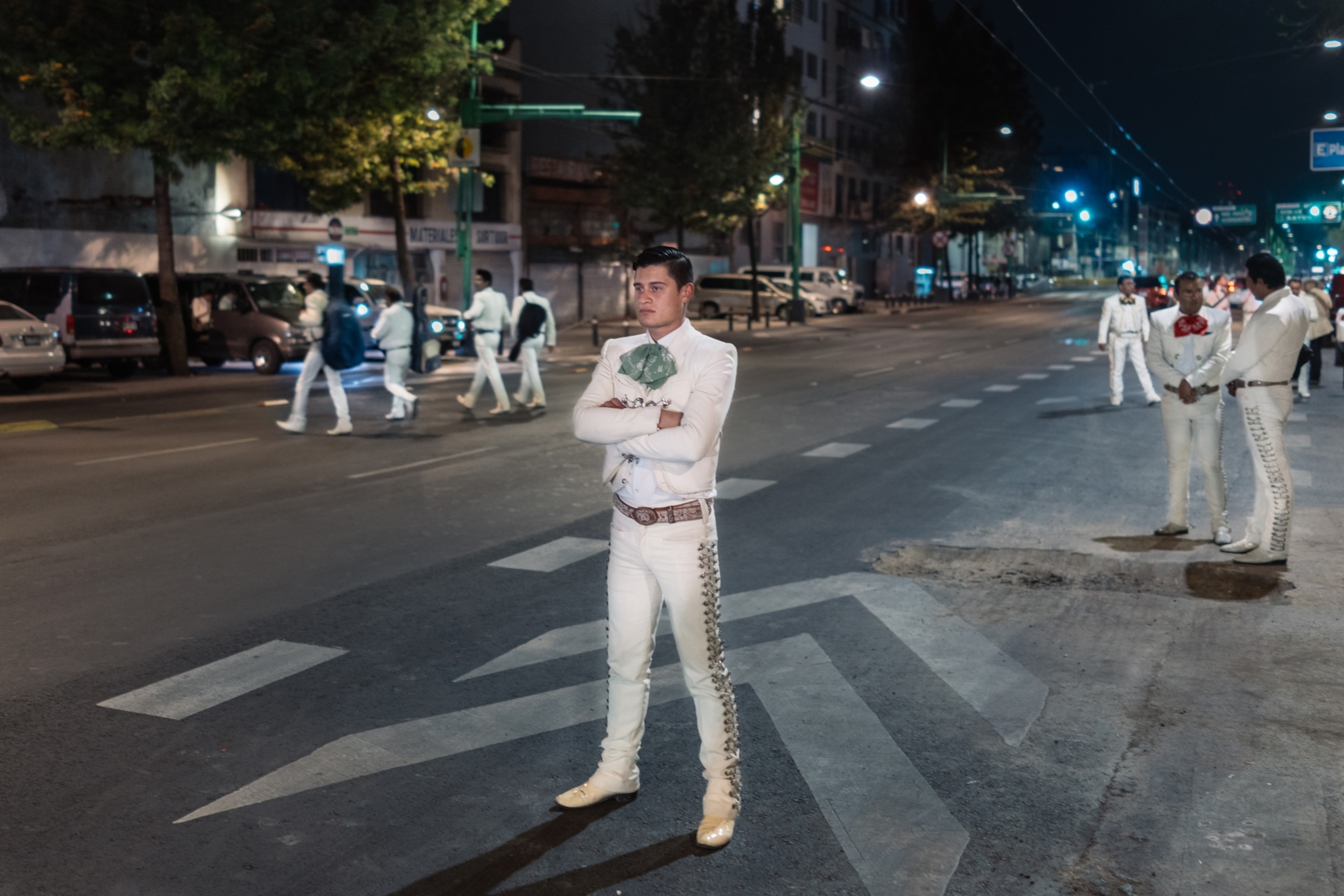
A pandemic quiets mariachis and tourism in Mexico City
What a tepid government response and fragile economy mean for musicians, taco stands, and other gig workers in Mexico’s capital.
Most nights, downtown Mexico City’s Garibaldi Plaza sounds like one big fiesta. From around 6 p.m. until well past midnight, dozens of mariachi musicians stroll past the downtown square’s sorbet-hued buildings and busy sidewalk cafes, wielding their guitars, violins, trumpets, and voices to sling ballads of love, betrayal, and revolution. Whether you’re a tourist or a chilango (Mexico City local), a few pesos can buy you a serenade.
But on a warm evening in early April, Garibaldi and its surrounding streets were quiet and all but empty, subdued by the government’s declaration of a health emergency on March 29 in response to COVID-19. Most restaurants were shuttered to everything but takeout, and nearby attractions like the Palacio de Bellas Artes were cordoned off with yellow police tape. Public gatherings had been restricted to no more than 50 people, and non-essential businesses were ordered to close.
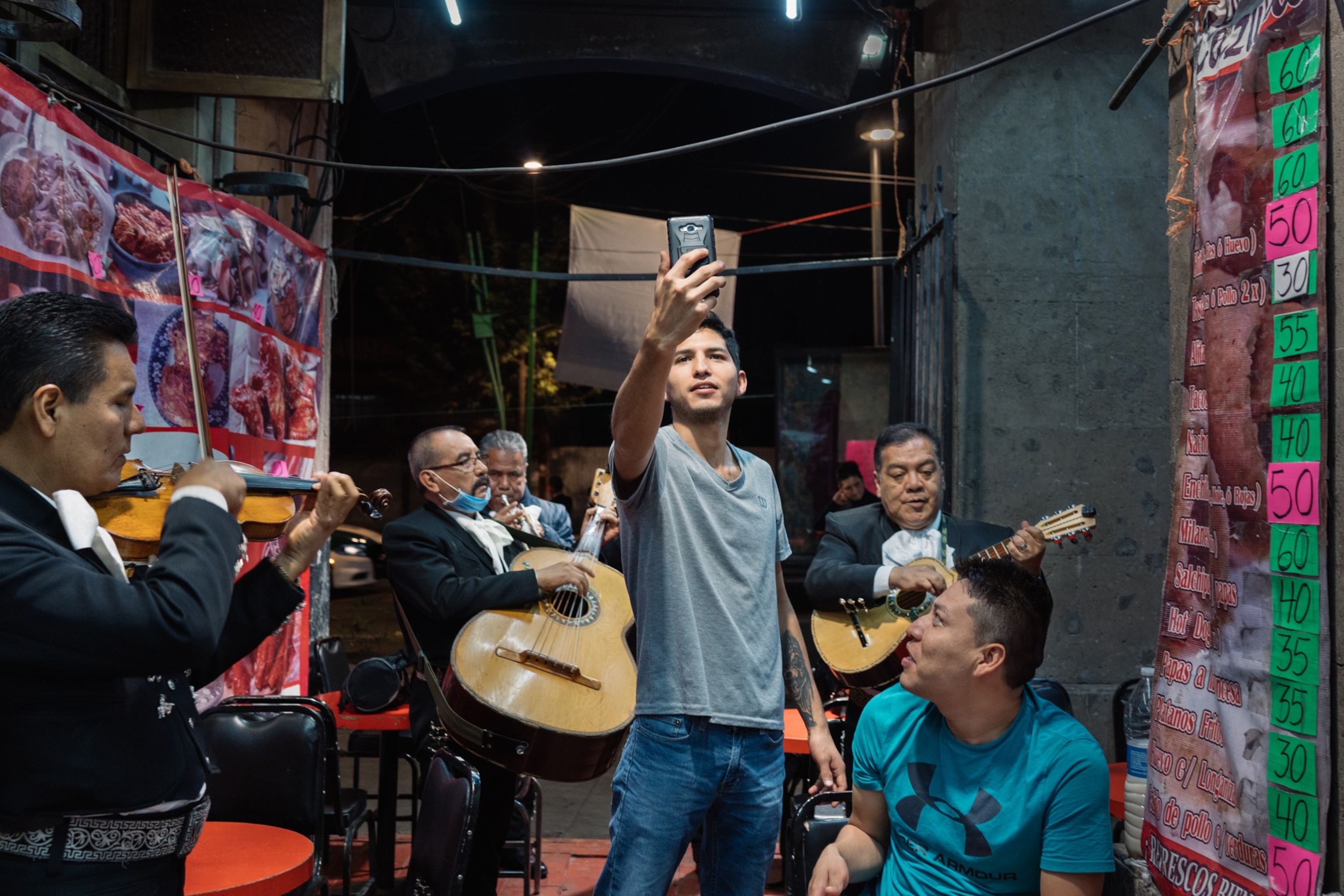
Yet dozens of Mexico City mariachis continued to show up in their wide sombreros, elaborately embroidered jackets, and metal-studded pants, toting violins or carrying outsize guitarróns—fat-bodied guitars used to pluck out bass lines. The folk musicians have gathered here since the 1920s, when the then-booming charro (cowboy) film industry popularized their look and sound. That night there were few customers, and only a handful of songs would be played. Some mariachis tried to flag down cars on surrounding streets; others sat waiting, anxiously checking their phones.
Ramon Alvarado Meléndez, 62, has played the contrabass (a cello-like instrument) here since 1990. “This used to be a national tradition. It [Garibaldi] was the largest cantina in the world,” he said. “But the government has ruined this plaza, first with unnecessary construction, and now with the coronavirus.”
“No business today, no business all week,” said Raymundo Ortega, standing in the quiet plaza tuning his guitar, a postcard vision of a mariachi with his carefully combed hair and brass-buttoned jacket. “I've been playing in Garibaldi for 50 years, and have never seen anything like this.” He’s 74 years old with high blood pressure, and he can’t wear a mask or use hand sanitizer while performing. Coming here is dangerous. Yet despite the risks, he can’t live on his government-sponsored pension alone. So Ortega would return the next night, hoping for a song.
A tepid government response
Approximately 14 million visitors, many American and Canadians, traveled to Mexico City in 2019, lured by Frida Kahlo’s house, archaelogy museums, a vibrant street-food scene, and the ancient pyramids and temples of Teotihuacán, a 30-mile drive from downtown.
I was one of them, a Canadian travel writer drawn to the city’s rich history and dynamic charm. I’d already planned to visit, and arrived in mid-March. But with the world beginning to retreat into quarantine due to the coronavirus, the moment was different. This was not going to be your typical trip down south.
When I touched down in the city of more than 21 million people, I immediately noticed a general nonchalance about the virus: a few municipal employees wearing face masks, an airport customs official casually asking me if I’d recently traveled to China.
It all mirrored the much-criticized behavior of Mexico’s President Andres Manuel López Obrador, who, as recently as March 14, was still enthusiastically hugging and kissing citizens in front of the camera and using a COVID-19 press conference to explain, with props, how religious amulets would protect him. For a deeply religious nation still somewhat enamored with the populist president, this laid-back example has had long-lasting effects.
Related: Dreaming of a Mexico City trip? Put these museums and parks on your list.
What it’s like on the ground
The streets of gentrified Roma and Coyoacán, the two neighborhoods where I split my time, provided real-world examples of the complex realities of Mexico in the time of coronavirus. It also highlighted why López Obrador and some residents might have been slow to move towards cuarentena (quarantine) and other social-distancing measures.
Locals still lined up at street-food stands where cooks dished out handmade chilaquiles, while workers in white rubber gloves stood outside supermarkets, performing fever checks before allowing customers inside. Well-dressed Mexicans and American expats headed into the grocery store wearing face masks, while an elderly lady running the local laundry shop accepted payment via unsanitized coins. These intimacies of Mexican daily life were happening just a few feet apart, a clash of attitudes and reactions to the viral threat.
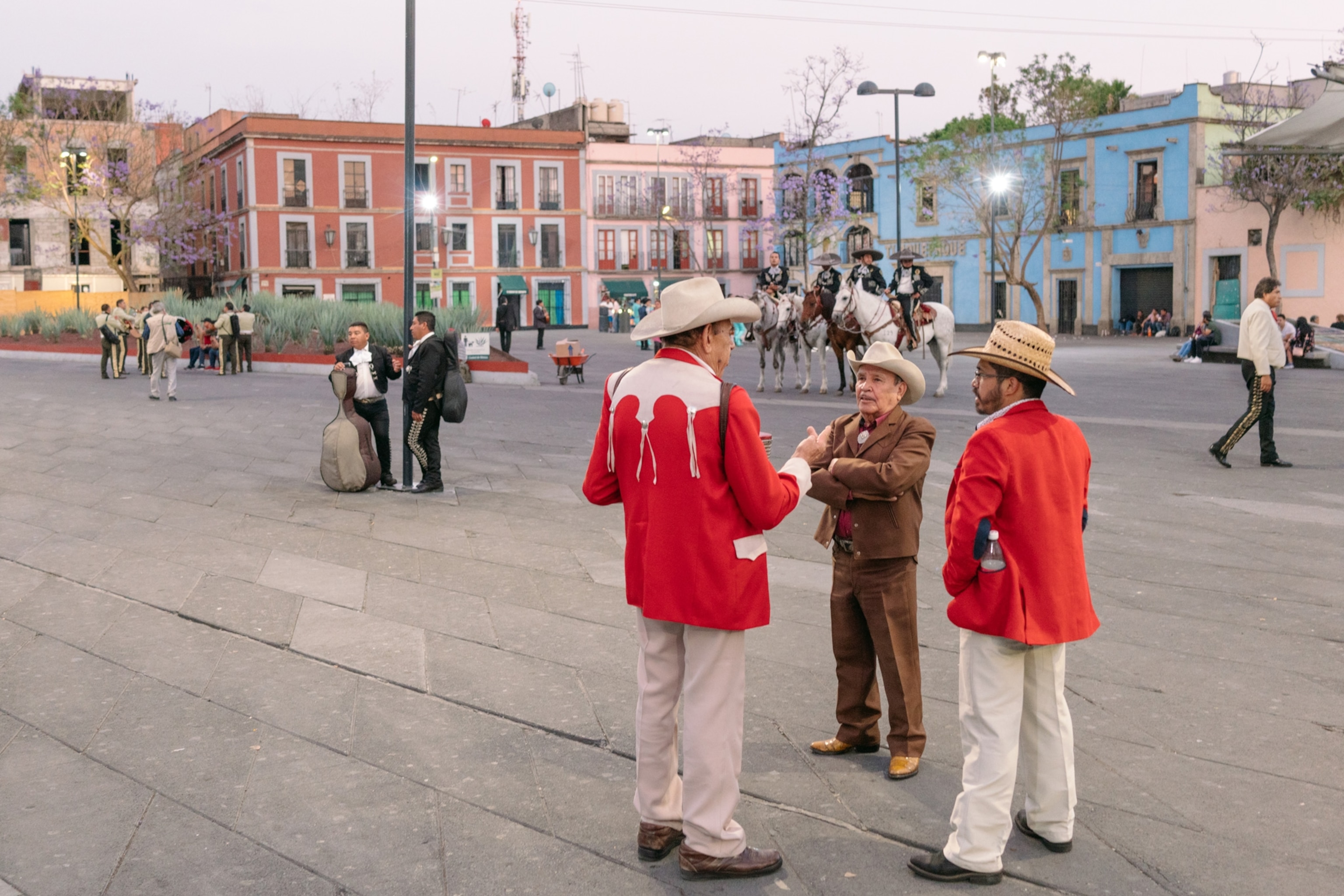
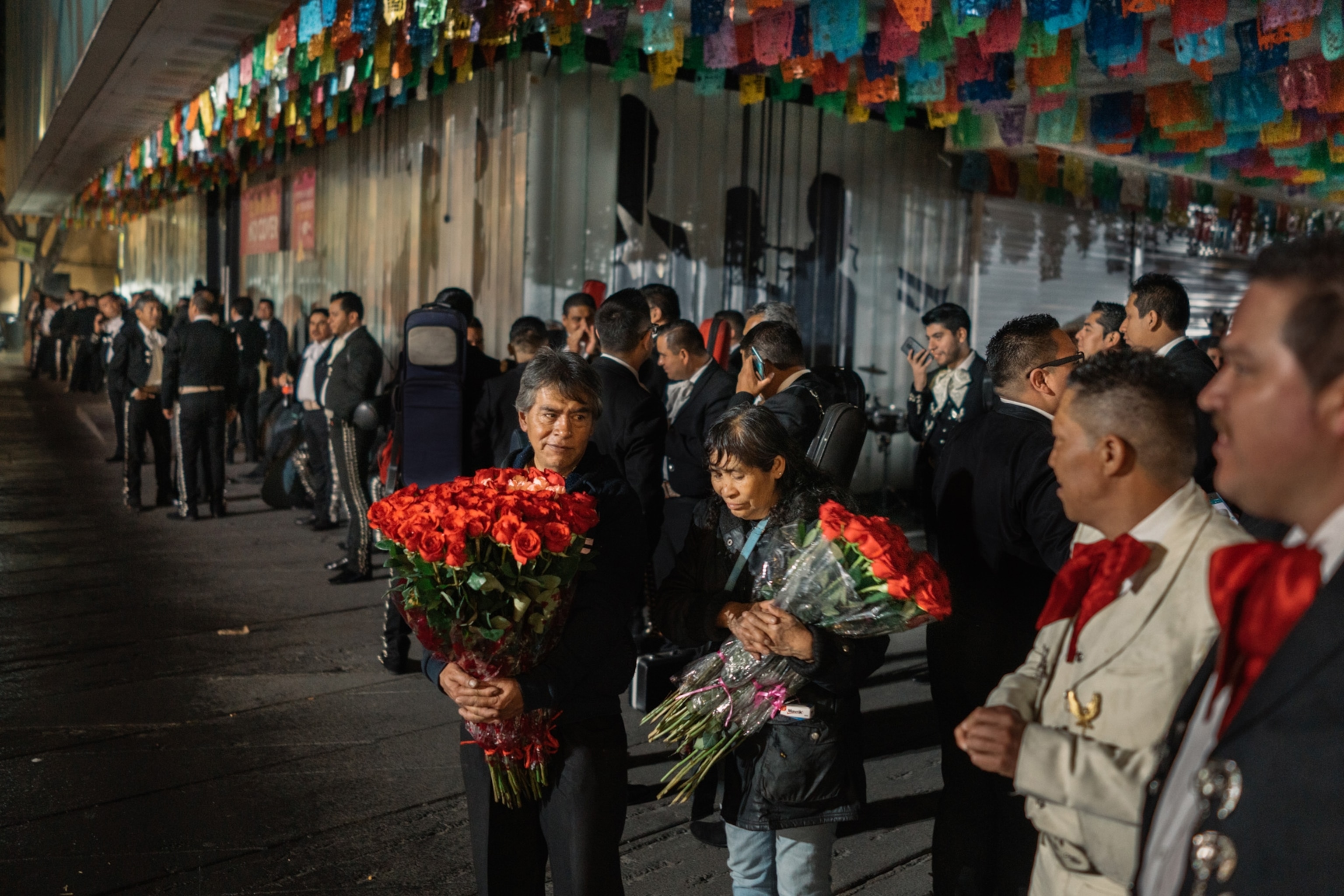
Over 90 percent of Mexico’s businesses are “microenterprises,” small-scale operations with workers or owners completely dependent on each day’s earnings. Mariachis, cozy mezcal bars, a couple of kids in Coyoacán Plaza selling sanitizer and face masks—such informal operations employ over 70 percent of the working population and account for about 50 percent of the country’s GDP. The vulnerability of this grassroots economy has been one argument for the country’s belated response to the pandemic. Mexico, unlike wealthier nations, has millions of citizens living without a social safety net in an already fragile economy.
At the corner of Avenida Oaxaca and Colima in Roma Norte, a vendor offered me a delicious-looking carnita taco from his street-food stand. Unsure of the etiquette in evolving times, I took it to go, sanitizing my hands before grabbing the snack. I chatted with the seller about new measures forcing restaurants to close. Would he be allowed to remain open? “They just told me to keep things clean and have one of those,” he smiles, nodding to a jug of sanitizer. “I have no choice. I’m going to stay as long as I can.”
Related: In Mexico City, not all tortillas taste the same. Here’s why.
New precautions, same uncertainty
As my stay in Mexico rolled from March into April, local COVID-19 cases kept rising. The government shut down tourist sites and nonessential businesses like shops and bars. Officials started speaking in starker terms and farmacias began running out of rubbing alcohol. The Mexican government even created a cartoon as part of a social-distancing campaign: “Susana Distancia,” a play on words for “su sana distancia” or “your healthy distance.” The superwoman-like character now has almost 40,000 followers on Twitter.
Today, the streets are emptier due to self quarantines, including my own. Across the country, churches and beaches are closed. At press time, Mexico’s official COVID-19 case count stood at over 5,000 with more than 300 deaths. Last week, Mexico’s Labor Department announced the country had lost almost 350,000 jobs, the majority of them in tourism-dependent industries.
What will happen if the virus starts to overwhelm an already fragile economic and healthcare system? How will COVID-19 affect the people floating perilously at the edges of Mexican society? The answers to these questions remain unknown.
In the meantime things go on. Mexico City’s large indoor food mercados remain open, the taco stands serve customers, and the mariachis still come out, all of them doing what they must to survive until they’re told otherwise.
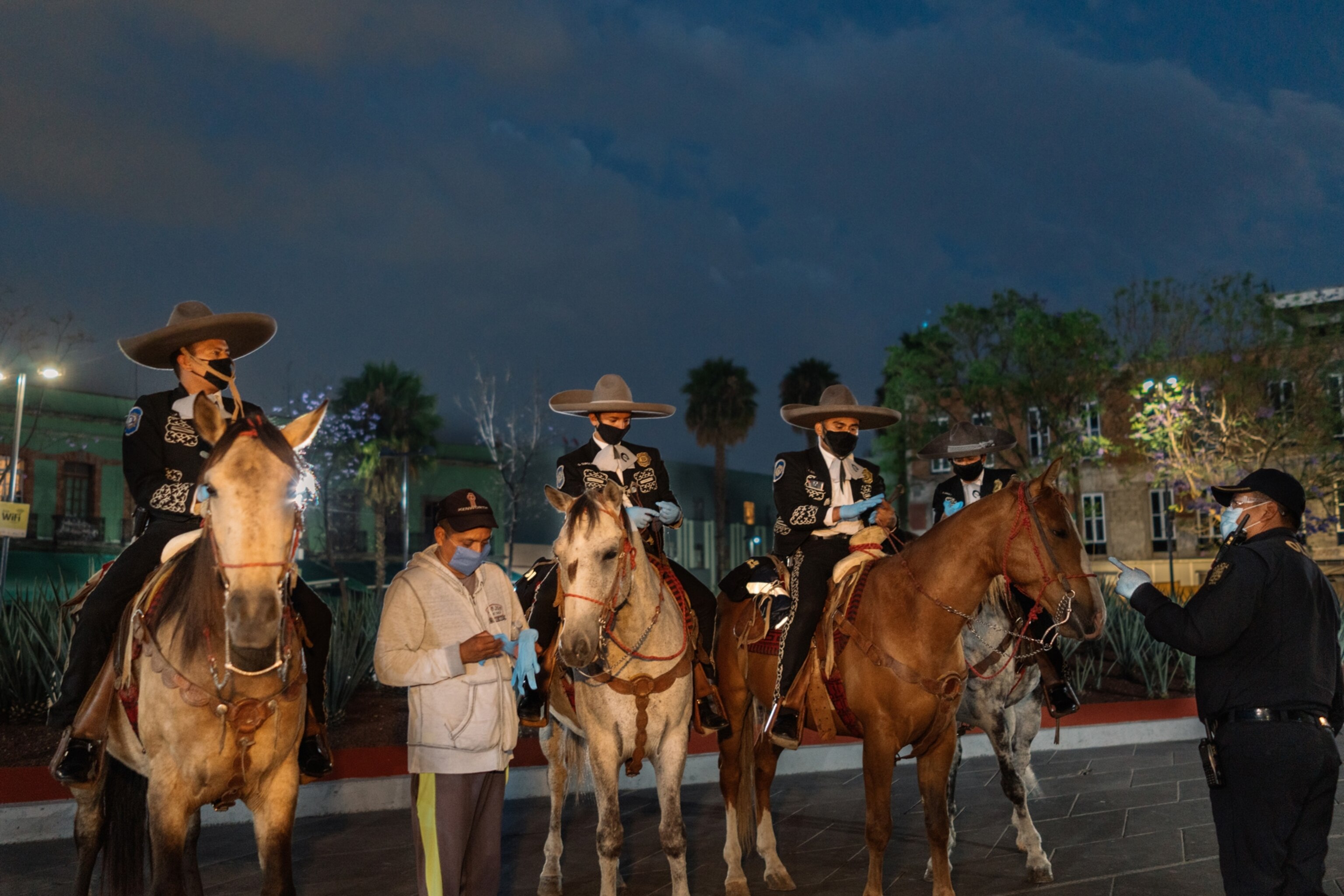
Back in Garibaldi Plaza, violinist and mariachi Gabriel Jimarez shrugs when asked if he’s worried about his health during the pandemic. “When the world ends, the two things to survive will be cockroaches and mariachis,” he says, strolling off in search of a serenade.
